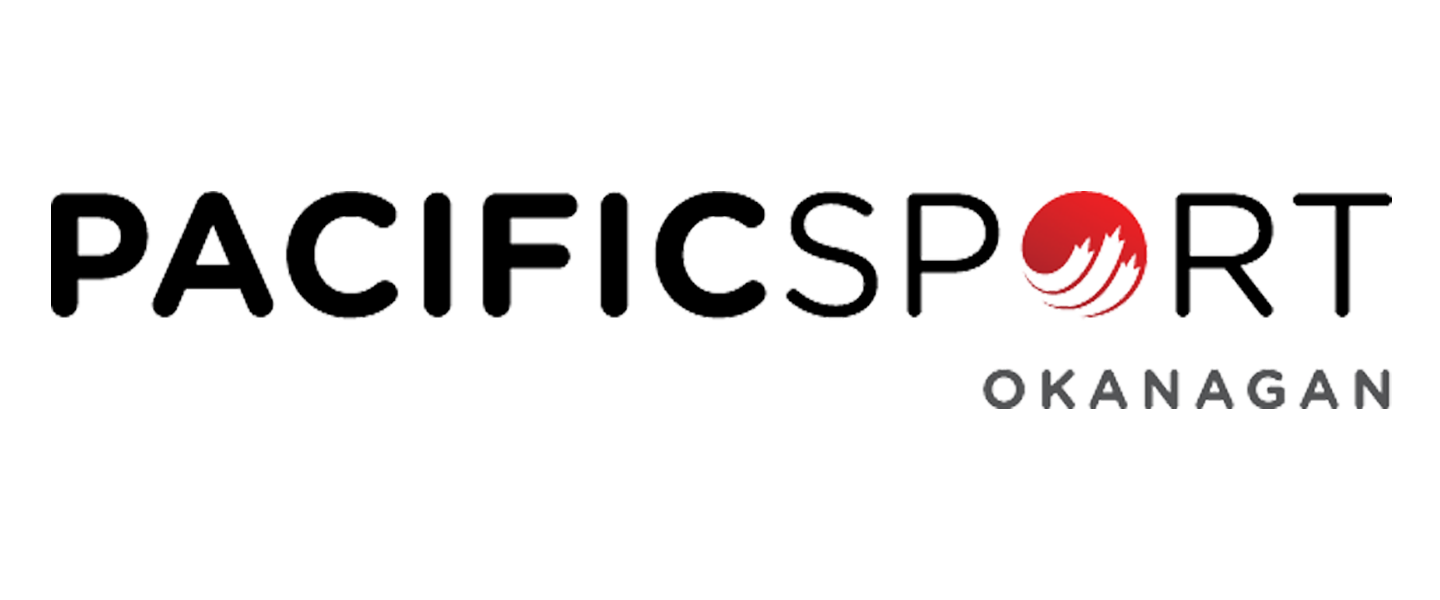Aboriginal Sport: Refers to all nature of sport delivered, for the most part, by and for Aboriginal Peoples by Aboriginal organizations at the local, regional, provincial/territorial and national level
Access: Freedom or ability to obtain or make use of sport programming and facilities. Access for Aboriginal Peoples has been hindered by poverty, lack of culturally sensitive programs, and lack of facilities in remote areas
Indigenous: meaning “native to the area”. In this sense, Aboriginal people are indigenous to North America. A proper name for a people, the term is Indigenous Peoples, Aboriginal Peoples, or Native Peoples (National Aboriginal Health Organization, 2012)
Metis: The word “Métis” is French for mixed blood. Historically, the term applied to the children of French fur traders and Cree women in the Prairies, and of English and Scottish traders and Dene women in the North. Today, the term is used broadly to describe people with mixed First Nation and European ancestry who identify themselves as Métis, distinct from First Nation people, Inuit or non-Indigenous peoples (National Aboriginal Health Organization, 2012)
Inuit: Inuit are the Indigenous Peoples of Arctic Canada. They live on four territories: Nunatsiavut (Labrador), Nunavik (Quebec), Nunavut and Inuvialuit Settlement Region of the Northwest Territories. The Indigenous peoples of the central and Eastern Canadian Arctic, Nunavik and Labrador call themselves Inuit (Indigenous and Northern Affairs Canada, 2015b)
First Nations: First Nations People refers to Status and non-status “Indian” peoples in Canada. Many communities also use the term “First Nation” in. the name of their community. There are approximately 617 First Nation communities, which represent more than 50 nations or cultural groups and 60 Indigenous languages (Indigenous and Northern Affairs Canada, 2015a)
Band: A body of Indians for whose collective use and benefit lands have been set apart or money is held by the Crown, or declared to be a band for the purposes of the Indian Act. Each band has its own governing band council, usually consisting of one chief and several councillors. The members of a band generally share common values, traditions and practices rooted in their ancestral heritage. Today, many bands prefer to be known as First Nations (Indigenous and Northern Affairs Canada, 2016).
Band Council: This is the governing body for a band. It usually consists of a chief and councillors, who are elected for two or three-year terms (as established by the Indian Act or band custom) to carry out band business, which may include education; water, sewer and fire services; by-laws; community buildings; schools; roads; and other community businesses and services (Indigenous and Northern Affairs Canada, 2016).
